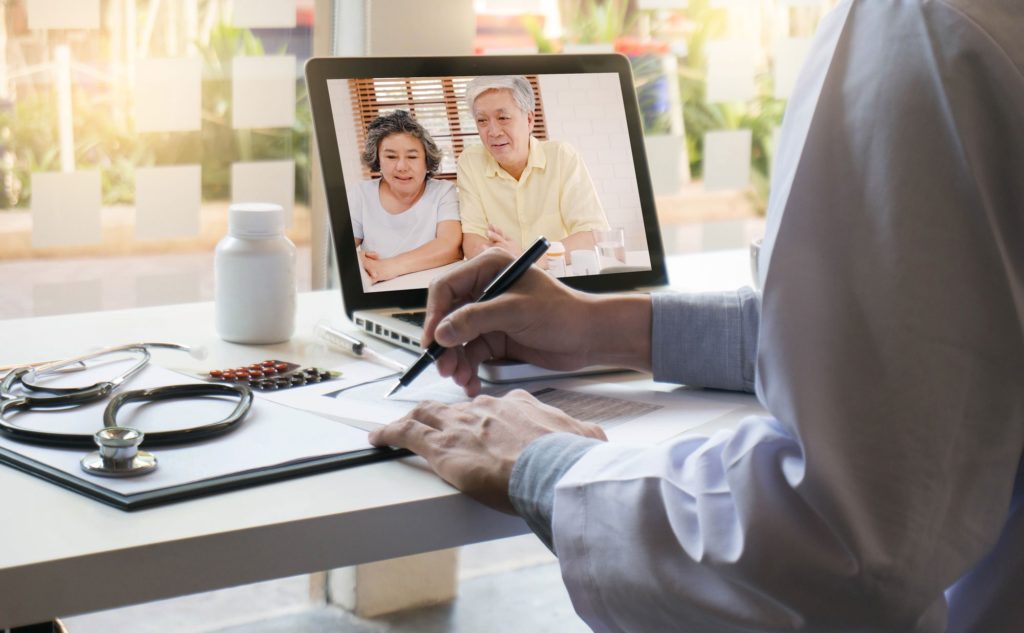Telehealth is defined by the World Health Organization as the use of telecommunications and virtual technology to deliver health care outside of traditional health-care facilities.
Providers everywhere are diving into the use of telehealth during a time where in-person interaction must be limited for the health and protection of individuals across the country.
Telehealth & COVID-19
The rapid development of the coronavirus pandemic has prompted adjustments to previous policies regarding telehealth, expanding coverage to Medicare beneficiaries during this time. The bill is titled the Coronavirus Preparedness and Response Supplemental Appropriation Act of 2020 and prompts changes to current telehealth legislation. The Centers for Medicare & Medicaid Services (CMS) will now be reimbursing eligible clinicians that offer this tool to patients during the coronavirus pandemic. The bill continues to change and grow coverage as the pandemic unfolds day-to-day.
Coverage regulations that have been impacted by this change in the legislation include:
- Location of the Patient
- Eligible Services
- Eligible Providers
- Modality
- Out of Pocket Cost
- Prior Existing Relationship to Provide Care Via Telehealth
Benefits of Using Telehealth During the Public Health Emergencies:
1) Continue Providing Quality Care
Telehealth gives providers the opportunity to continue providing quality care to patients even though they cannot come into the office for a regular visit. With the right software, providers are able to interact with the patient’s chart, scheduling, prescription processing, and more just as they would in person.
2) Reduced Risk of Spreading Virus
Individuals can carry the virus in their system for 2 weeks before showing any symptoms. Even if your patient is not showing signs of COVID-19, telehealth eliminates the risk of spreading it to others. By removing live person-to-person interaction, this tool makes providing care safer for everyone involved. Interacting through a screen through video communication technology, the virus is unable to spread from the patient to others at your practice.
3) Patient Engagement During Social Distancing
Individuals are being encouraged to practice social distancing during this time. Some states have taken measures as far as to even shut down all non-essential businesses during this time. This can be a scary time for patients, prompting them to address different areas of their health. Telehealth offers an outlet for patients to remain involved in their medical care while still practicing social distancing.
4) Continue Billing for Services
With disruptions in normal billing processes due to the coronavirus outbreak, this tool helps providers continue billing for regularly scheduled visits. The main thing providers need to keep track of, should they decide to offer telehealth, is that there are differences in medical coding with a video visit compared to a traditional visit. Your RCM services vendor can ensure your practice achieves clean claims during these transitions.
5) Keep Patients Safe
The ultimate goal of any medical provider is to protect the life of patients and themselves throughout this public health emergency. This tool offers a solution to keep your patients and your team safe during the COVID-19 outbreak.




